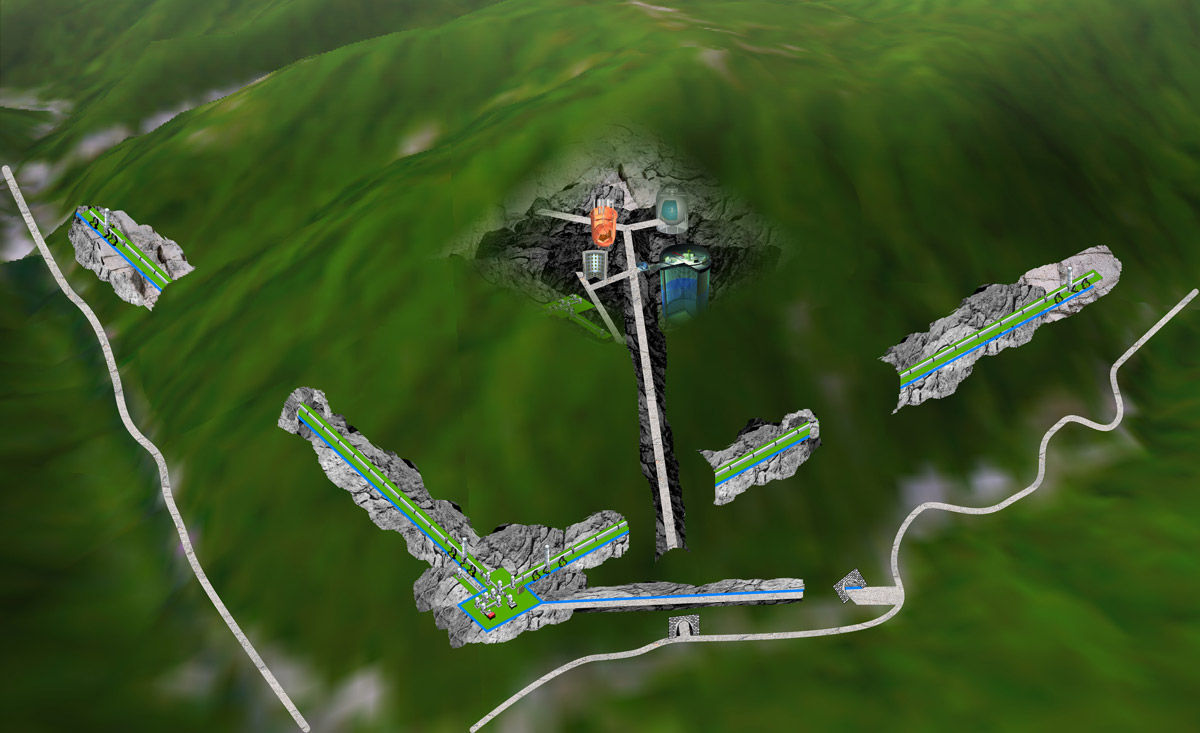 The gravitational observatories VIRGO (in operation in Italy at the European Gravitational Observatory, EGO), LIGO (two twin detectors in Louisiana and in the state of Washington, USA) and the Japanese KAGRA (in Kamioka, prefecture of Gifu) have signed a scientific collaboration agreement that covers scientific collaboration, including joint observation of gravitational waves and data sharing, for the coming years.
The gravitational observatories VIRGO (in operation in Italy at the European Gravitational Observatory, EGO), LIGO (two twin detectors in Louisiana and in the state of Washington, USA) and the Japanese KAGRA (in Kamioka, prefecture of Gifu) have signed a scientific collaboration agreement that covers scientific collaboration, including joint observation of gravitational waves and data sharing, for the coming years.
KAGRA is a gravitational-wave observatory developed in Japan under the leadership of the University of Tokyo’s Institute for Cosmic Ray Research (ICRR) with contributions from the National Astronomical Observatory of Japan (NAOJ) and the High Energy Accelerator Research Organization (KEK). Construction started in 2010, and now the highly-sensitive instrument is nearing readiness to join VIRGO and LIGO, the interferometers that led to the discovery of gravitational waves and the birth of multimessanger astronomy. The three detectors are taking data since April 2019 for the third observation campaign called O3, that will last one year.
The agreement signed is a Memorandum of Agreement (MOU), valid until 2023, and foresees the possible extension of the collaboration with the inclusion of new scientific observers. Furthermore, from 2025 LIGO India should become part of the network for the observation of gravitational waves from the Earth as well.
"The participation of KAGRA alongside LIGO-VIRGO represents a crucial step forward in the great plan of setting up a world observatory of gravitational waves, thanks to a connected network of surface, underground and in space interferometers " states Antonio Masiero, president of the EGO Council and Vice-President of INFN. The come into operation of KAGRA, the first underground interferometer in the world, gives a strong impetus to the European project of a large underground gravitational interferometer, the ET (Einstein Telescope) project, whose study sees INFN in the forefront, in particular exploring the possibility of having an Italian site to host this great innovative research infrastructure "concludes Masiero.
“With KAGRA joining, gravitational wave science will become a global collaborative effort. The Virgo Collaboration looks forward to learning from the new and innovative approach of using an underground and cryogenic interferometer,” said Jo van den Brand, Virgo Collaboration spokesperson.
Media contacts - INFN press office: Eleonora Cossi - This email address is being protected from spambots. You need JavaScript enabled to view it., +39.06.68400364- +39.06.6868162
The KAGRA project is supported by Ministry of Education, Culture, Sports, Science, and Technology-Japan (MEXT). KAGRA is hosted by the Institute for Cosmic Ray Research (ICRR), the University of Tokyo and co-hosted by the High Energy Accelerator Research Organization (KEK) and the National Astronomical Observatory of Japan (NAOJ). The University of Toyama also supports KAGRA. The KAGRA collaboration is composed of more than 360 individuals from more than 100 institutions in 15 countries and regions.
A list of collaborators’ affiliations is available at http://gwwiki.icrr.u-tokyo.ac.jp/JGWwiki/KAGRA/KSC#KAGRAcollaborators.
More information is available at https://gwcenter.icrr.u-tokyo.ac.jp/en/.
LIGO is funded by NSF and operated by Caltech and MIT, which conceived of LIGO and lead the Initial and Advanced LIGO projects. Financial support for the Advanced LIGO project was led by the NSF with Germany (Max Planck Society), the U.K. (Science and Technology Facilities Council) and Australia (Australian Research Council-OzGrav) making significant commitments and contributions to the project. Approximately 1,300 scientists from around the world participate in the effort through the LIGO Scientific Collaboration, which includes the GEO Collaboration. A list of additional partners is available at https://my.ligo.org/census.php.
The Virgo Collaboration is currently composed of approximately 480 scientists, engineers, and technicians from 96 institutes from Belgium, France, Germany, Hungary, Italy, the Netherlands, Poland, and Spain. The European Gravitational Observatory (EGO) hosts the Virgo detector near Pisa in Italy, and is funded by Centre National de la Recherche Scientifique (CNRS) in France, the Istituto Nazionale di Fisica Nucleare (INFN) in Italy, and Nikhef in the Netherlands.
A list of the Virgo Collaboration members can be found at http://public.virgo-gw.eu/the-virgo-collaboration/.
More information is available on the Virgo website at http://www.virgo-gw.eu
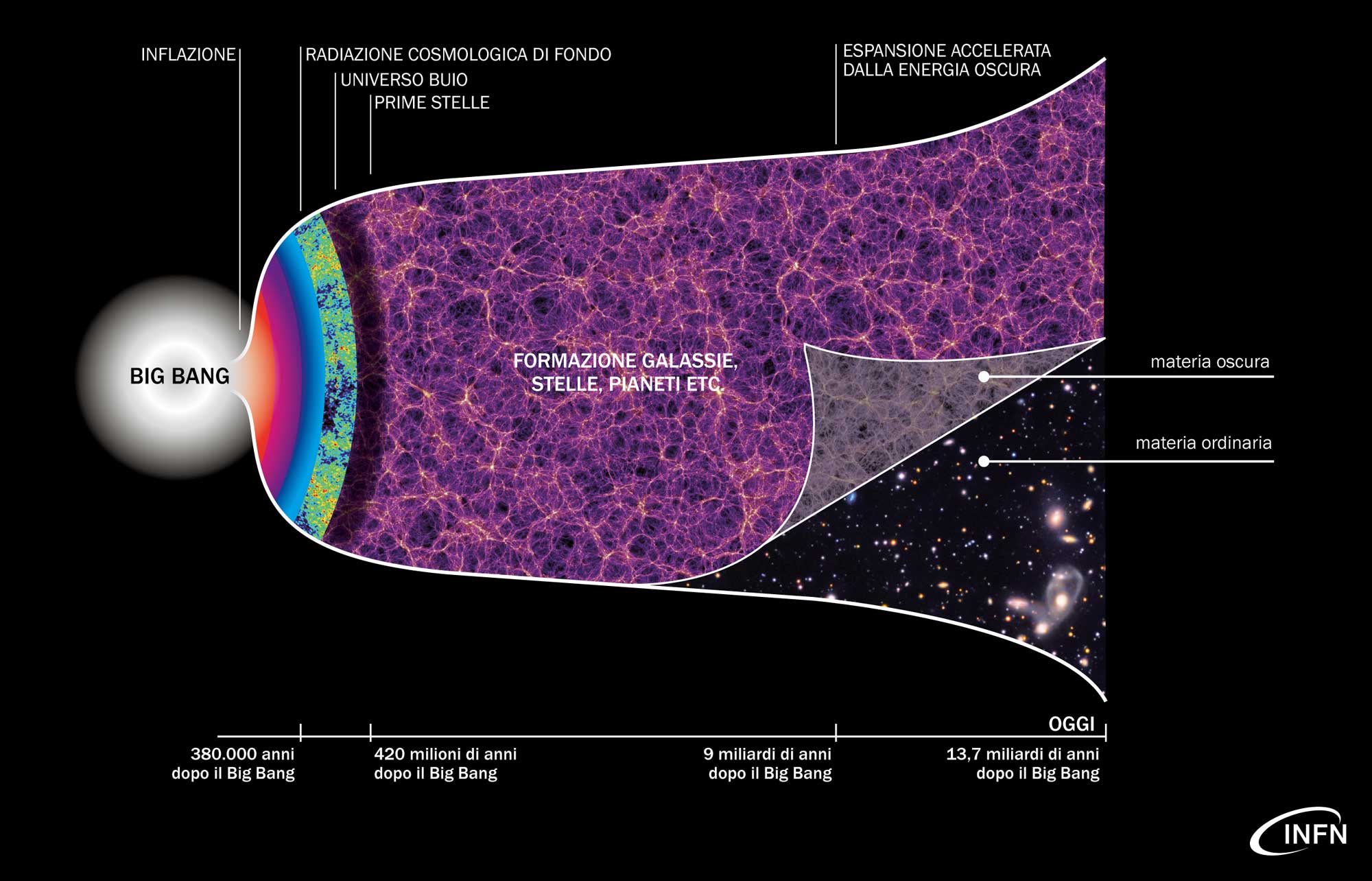 The 2019 Nobel Prize for Physics was awarded on October 8th “for contributions to our understanding of the evolution of the universe and Earth's place in the cosmos" with one half to James Peebles "for theoretical discoveries in physical cosmology", the other half jointly to Michel Mayor and Didier Queloz "for the discovery of an exoplanet orbiting a solar-type star." In detail, Pebbles has developed a theoretical framework on which our modern conception of the history of the universe is based, from the Big Bang to the present.
The 2019 Nobel Prize for Physics was awarded on October 8th “for contributions to our understanding of the evolution of the universe and Earth's place in the cosmos" with one half to James Peebles "for theoretical discoveries in physical cosmology", the other half jointly to Michel Mayor and Didier Queloz "for the discovery of an exoplanet orbiting a solar-type star." In detail, Pebbles has developed a theoretical framework on which our modern conception of the history of the universe is based, from the Big Bang to the present.



 The gravitational observatories VIRGO (in operation in Italy at the European Gravitational Observatory, EGO), LIGO (two twin detectors in Louisiana and in the state of Washington, USA) and the Japanese KAGRA (in Kamioka, prefecture of Gifu) have signed a scientific collaboration agreement that covers scientific collaboration, including joint observation of gravitational waves and data sharing, for the coming years.
The gravitational observatories VIRGO (in operation in Italy at the European Gravitational Observatory, EGO), LIGO (two twin detectors in Louisiana and in the state of Washington, USA) and the Japanese KAGRA (in Kamioka, prefecture of Gifu) have signed a scientific collaboration agreement that covers scientific collaboration, including joint observation of gravitational waves and data sharing, for the coming years.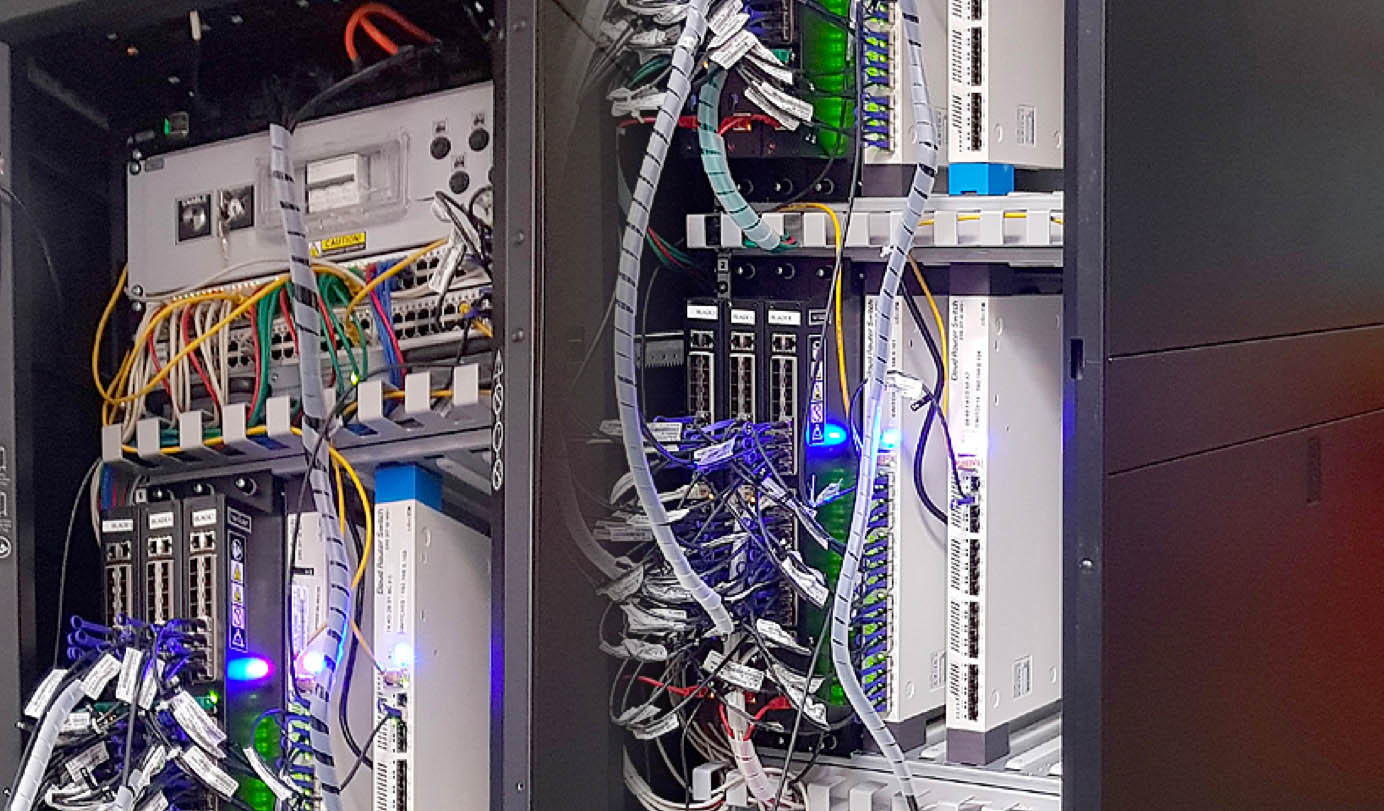 ExaNeSt, the precursor of an exascale computer all made in Europe, has been successfully tested. Italy is taking part in the project with INFN, the National Institute of Astrophysics (INAF) and a group of SMEs (Small and Medium Enterprises). High performance computing (HPC) is one of the fundamental pillars of global scientific and technological research and a key factor to support the digital revolution associated with big data. Making an exascale computer means producing a supercomputer capable of performing billions of billions of operations per second (exaflops) and all the software tools to use it. Europe has long been working to make this supercomputer a reality thanks to the European Horizon 2020 program through projects like ExaNeSt. In just over three years from the end of 2015, ExaNeSt built the first prototype with high computing performance and high energy efficiency: energy consumed to solve a computational problem on this new platform is 3 to 10 times lower than that required by traditional HPC platforms. A result that went far beyond expectations thanks to an innovative liquid cooling system, the implementation of a high-performance dedicated network architecture, and a new type of computational accelerators based on programmable components. A ‘computational laboratory’ of this type is a decisive platform for preserving and improving the competitive capacity at the industrial level, for enhancing security strategies and cybersecurity, and obviously for responding to the scientific research challenges over the next decade.
ExaNeSt, the precursor of an exascale computer all made in Europe, has been successfully tested. Italy is taking part in the project with INFN, the National Institute of Astrophysics (INAF) and a group of SMEs (Small and Medium Enterprises). High performance computing (HPC) is one of the fundamental pillars of global scientific and technological research and a key factor to support the digital revolution associated with big data. Making an exascale computer means producing a supercomputer capable of performing billions of billions of operations per second (exaflops) and all the software tools to use it. Europe has long been working to make this supercomputer a reality thanks to the European Horizon 2020 program through projects like ExaNeSt. In just over three years from the end of 2015, ExaNeSt built the first prototype with high computing performance and high energy efficiency: energy consumed to solve a computational problem on this new platform is 3 to 10 times lower than that required by traditional HPC platforms. A result that went far beyond expectations thanks to an innovative liquid cooling system, the implementation of a high-performance dedicated network architecture, and a new type of computational accelerators based on programmable components. A ‘computational laboratory’ of this type is a decisive platform for preserving and improving the competitive capacity at the industrial level, for enhancing security strategies and cybersecurity, and obviously for responding to the scientific research challenges over the next decade.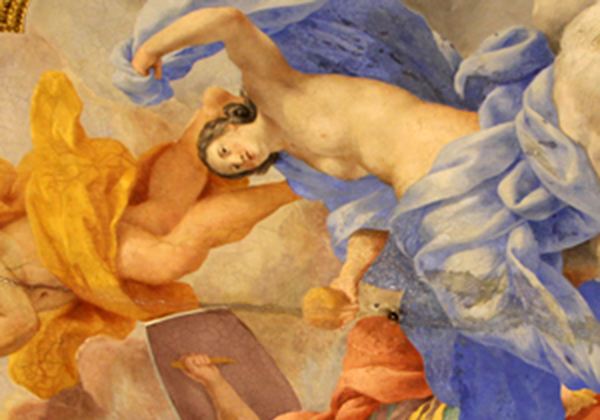
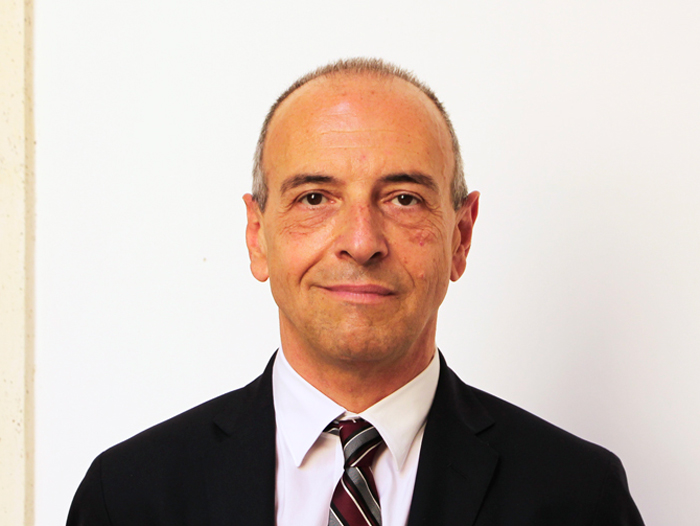
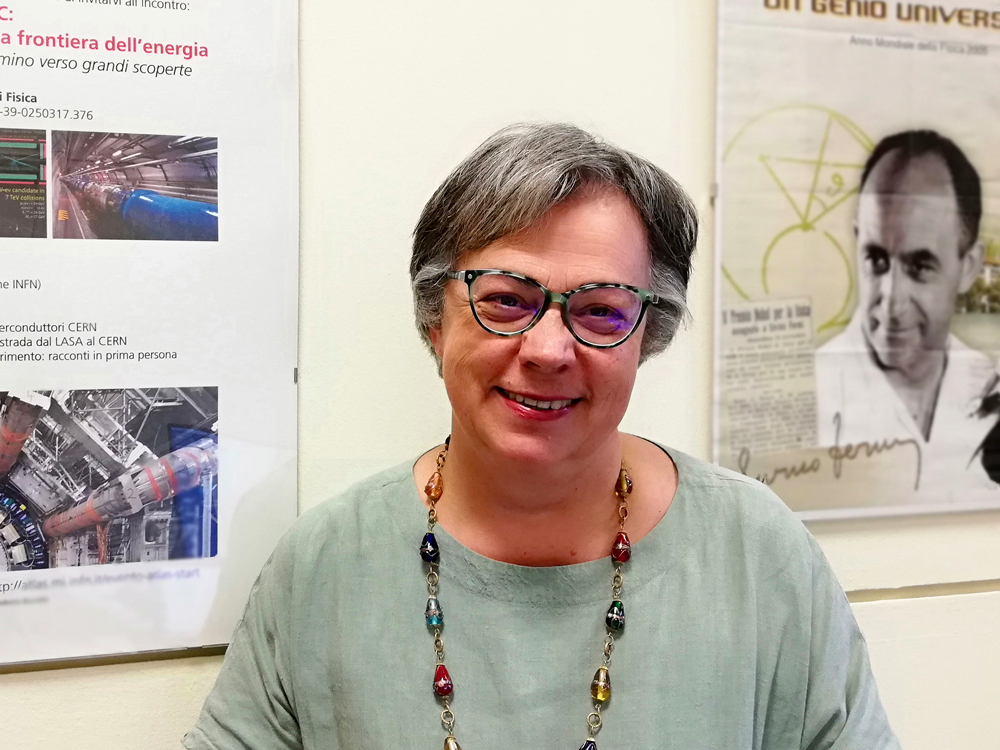


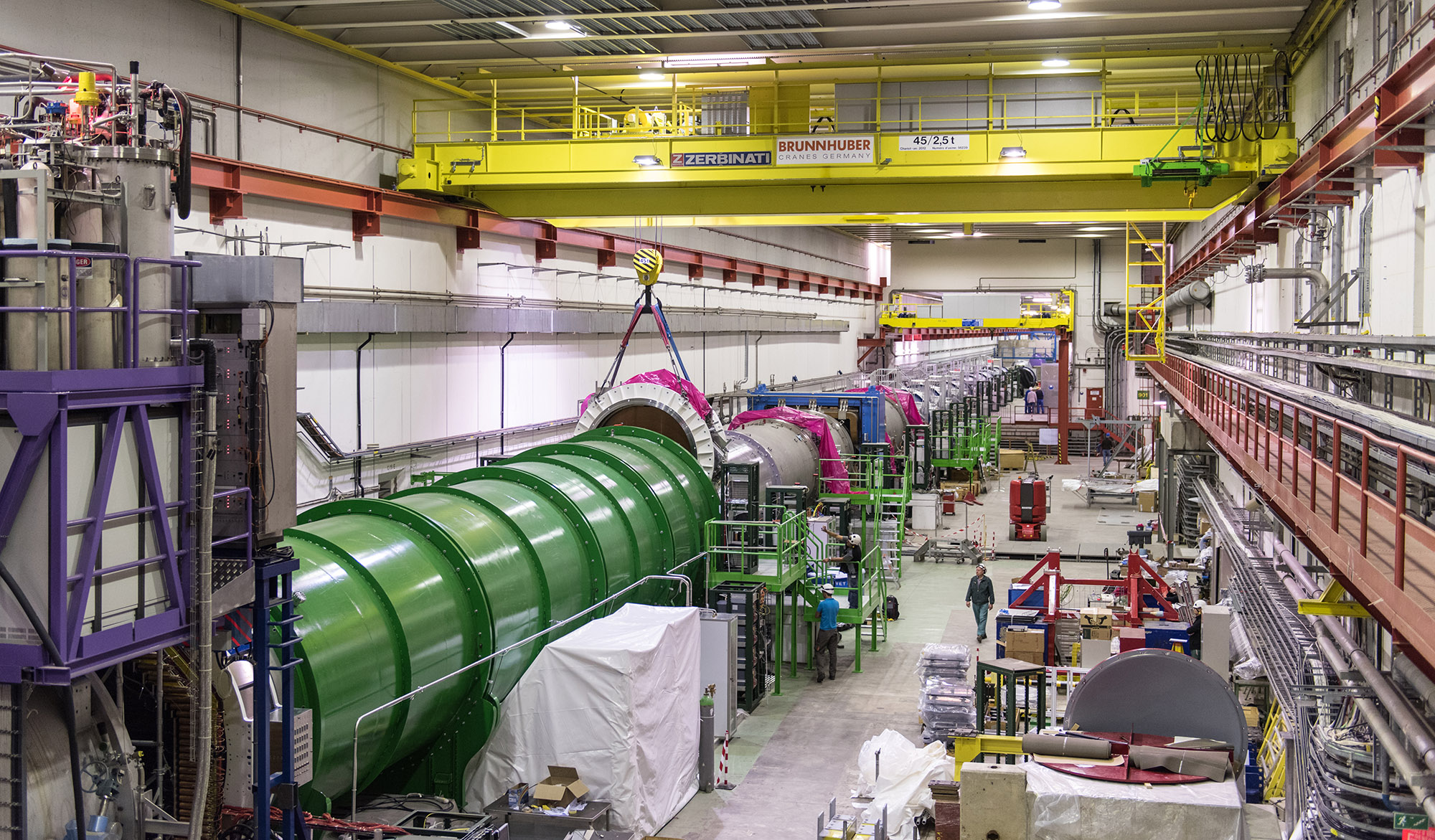 In September 2019, at the KAON 2019 conference in Perugia and at a seminar at CERN, in Geneva, the collaboration of the NA62 experiment at CERN, in which INFN physicists and technologists participate, presented its new results on the very rare decay of a charged kaon into a pion, a neutrino and an anti-neutrino. The results show two events recorded in the data gathered by the experiment in 2017 and add to one decay event recorded in the 2016 dataset.In addition to these events, the NA62 collaboration presented new measures, obtained with unprecedented sensitivity, of the decay of a neutral pion into particles that are invisible to the experiment, like neutrinos or not yet known particles.At the moment, the collaboration is analysing the data collected in 2018 and the experiment is getting ready for the new data-acquisition phase that will start in 2021, with an upgrade of the experimental apparatus aimed mainly at the reduction of the background, in order to perform high-precision measurements of the very rare kaon decay. The aim is to discover any anomalies in this process, to find behaviours that the Standard Model does not predict. The rare processes represent, in fact, a privileged access channel to what physicists define as New Physics, the physics that we do not yet know and that goes beyond our current theories.The results obtained so far on over 2000 billion kaon decays are in line with the predictions of the Standard Model. However, by analyzing ever larger and ever more sensitive samples of data, divergences could emerge. The NA62 collaboration, led by the Italian Cristina Lazzeroni of the University of Birmingham, involves around 200 physicists in Europe, the United States, Canada, Mexico, and Russia, and INFN’s commitment to the project stands out. Around one third of the participants are INFN researchers: more than 70 physicists and technologists contribute in a decisive way to the success of the experiment with important responsibilities both for the detector and for the experiment’s complex data acquisition system
In September 2019, at the KAON 2019 conference in Perugia and at a seminar at CERN, in Geneva, the collaboration of the NA62 experiment at CERN, in which INFN physicists and technologists participate, presented its new results on the very rare decay of a charged kaon into a pion, a neutrino and an anti-neutrino. The results show two events recorded in the data gathered by the experiment in 2017 and add to one decay event recorded in the 2016 dataset.In addition to these events, the NA62 collaboration presented new measures, obtained with unprecedented sensitivity, of the decay of a neutral pion into particles that are invisible to the experiment, like neutrinos or not yet known particles.At the moment, the collaboration is analysing the data collected in 2018 and the experiment is getting ready for the new data-acquisition phase that will start in 2021, with an upgrade of the experimental apparatus aimed mainly at the reduction of the background, in order to perform high-precision measurements of the very rare kaon decay. The aim is to discover any anomalies in this process, to find behaviours that the Standard Model does not predict. The rare processes represent, in fact, a privileged access channel to what physicists define as New Physics, the physics that we do not yet know and that goes beyond our current theories.The results obtained so far on over 2000 billion kaon decays are in line with the predictions of the Standard Model. However, by analyzing ever larger and ever more sensitive samples of data, divergences could emerge. The NA62 collaboration, led by the Italian Cristina Lazzeroni of the University of Birmingham, involves around 200 physicists in Europe, the United States, Canada, Mexico, and Russia, and INFN’s commitment to the project stands out. Around one third of the participants are INFN researchers: more than 70 physicists and technologists contribute in a decisive way to the success of the experiment with important responsibilities both for the detector and for the experiment’s complex data acquisition system

